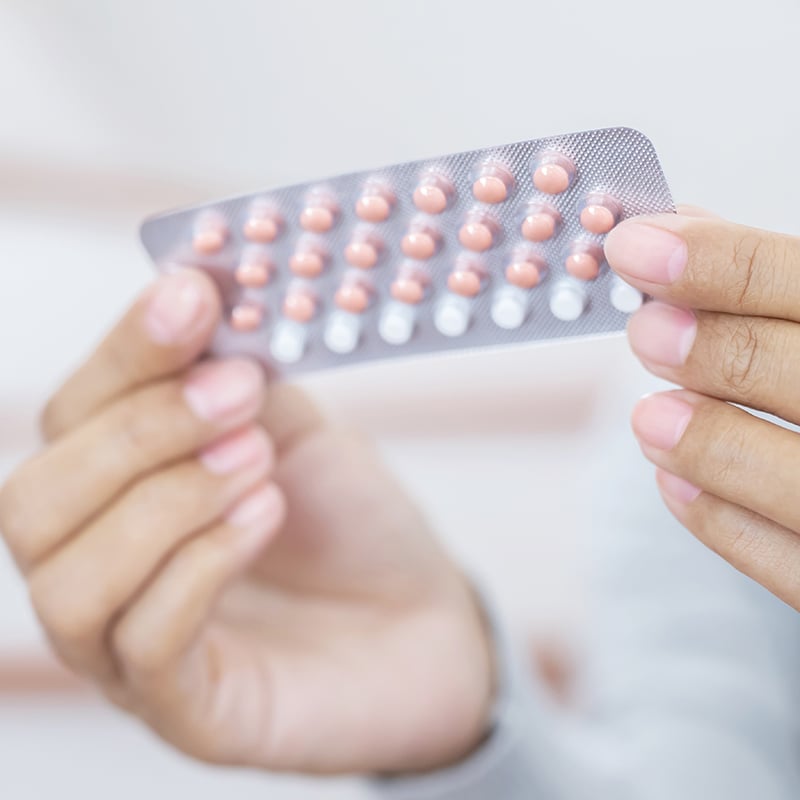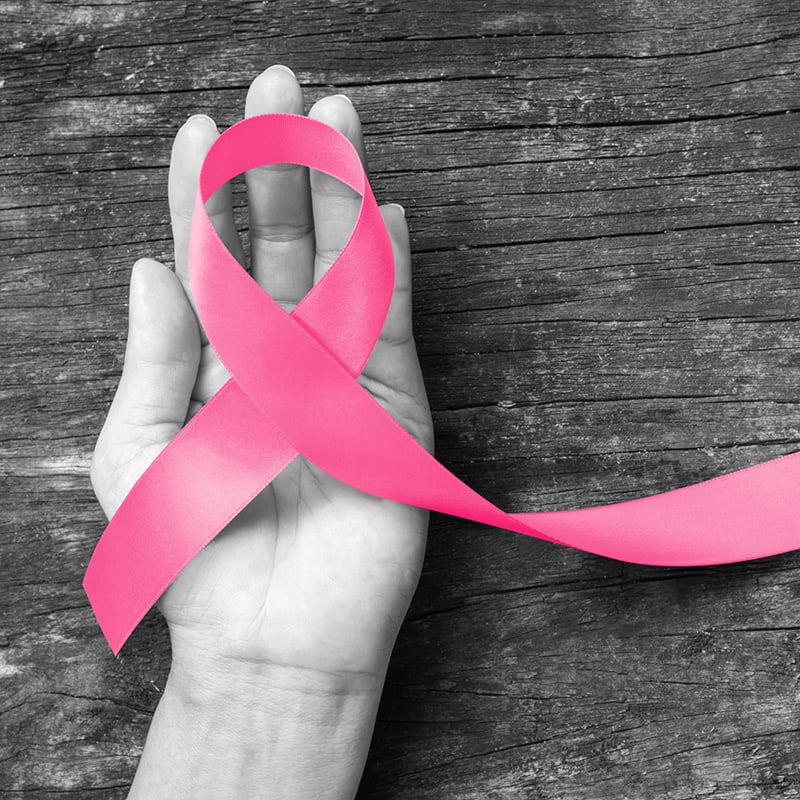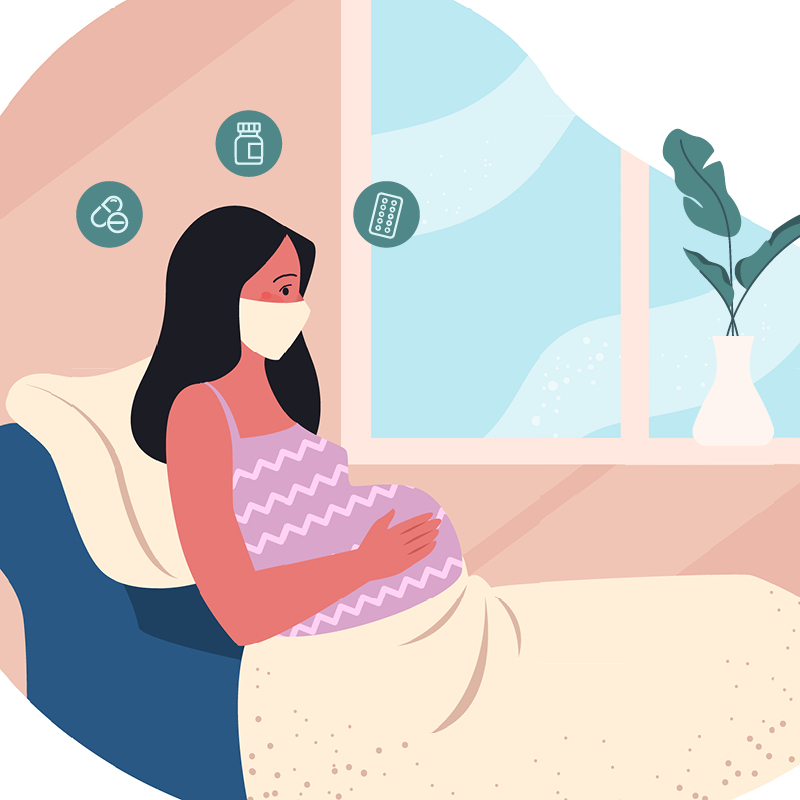About 15 million women living in the U.S. have diabetes – a condition in which the body’s blood sugar levels are too high. About 1.2 million people are diagnosed with diabetes each year, according to the American Diabetes Association.
Like most medical conditions, women experience type 2 diabetes differently than men. We asked Kaye Zozobrado, MD, a diabetes and endocrinology specialist at our Diabetes and Endocrinology at Ridgeway location, to explain symptoms women should look for when it comes to recognizing diabetes, risk factors that are unique to women, and how they can prevent diabetes.
Symptoms of diabetes
Many of the warning signs of diabetes are the same for both men and women. They are subtle but important. Some of these include:
- blurry vision
- bruises or cuts that heal slowly
- extremely dry skin
- extreme fatigue
- feeling very thirsty
- feeling very hungry (even while eating)
- frequent urination
- numbness, pain, or tingling in hands or feet
- weight loss – despite eating more
For women specifically, having any of these symptoms more frequently may be a sign of diabetes:
- UTIs
- Vaginal itching or redness
- Yeast infections
“Having high blood sugar contributes to each of these conditions,” Dr. Zozobrado said. “If anyone has one or more of these symptoms and already has a history of high blood sugar, they should reach out to their primary care provider.”
Diabetes risk factors for women
Both men and women share similar risk factors when it comes to developing type 2 diabetes, including hypertension, family history, high cholesterol, obesity, and not being physically active.
Women, however, have unique risk factors, including gestational diabetes (diabetes during pregnancy) and polycystic ovarian syndrome (PCOS). Both of these conditions raise the risk of developing type 2 diabetes later in life. More than half of women with PCOS are diagnosed with type 2 diabetes by age 40, according to the CDC.
Once diagnosed with diabetes, women face an increased risk of developing other serious health conditions, including:
- blindness
- depression
- fatal heart attack
- heart disease
Preventing diabetes
If you are at risk of developing diabetes or are considered pre-diabetic – having higher than normal blood sugar but not high enough for a type 2 diabetes diagnosis, there are some things you can do to prevent diabetes. These include lifestyle changes such as:
- Quitting smoking
- Getting 150 minutes of physical activity each week, at least 3 days a week
- Maintaining a healthy weight
- Eating less red meat and more plants
“Making changes to a healthier lifestyle can improve your health in many ways,” Dr. Zozobrado said. “Changing what you eat and being physically active can make a significant difference when it comes to diabetes.”









